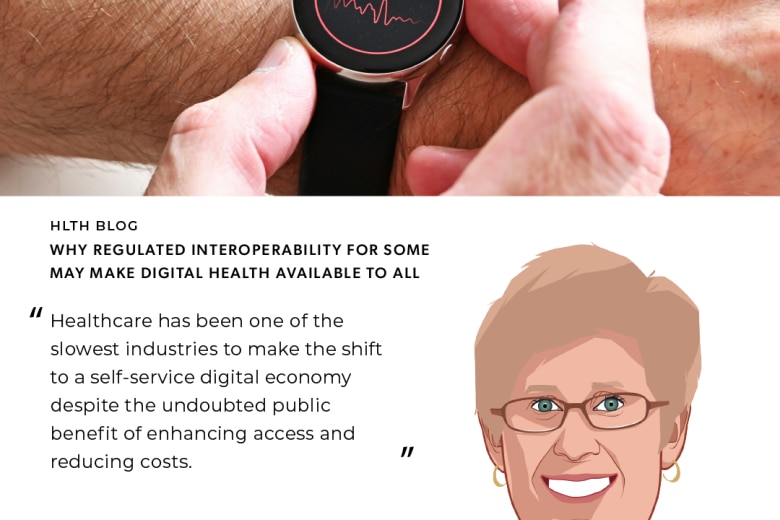Back when I was in medical training a decade ago, patient rounds were usually conducted by a group composed entirely of physicians. We’d walk down the ward, visiting patients and scribbling notes as we went. If we had time and were feeling particularly inclusive, we might try to bring nurses along. But that was as diverse as the care team got. Even the concept of a “care team” was only just starting to take hold on those inpatient wards where highly complex patients were being cared for.
These days, however, the picture looks quite different. Now in addition to doctors and nurses, we often have pharmacists, social workers, therapists, nutritionists, and case managers working with us on rounds. The idea of the care team has fully taken hold, and going back to the old way of doing things seems inconceivable now. The complexity of modern healthcare demands a multifunctional, multidisciplinary team that can help patients navigate not just their illness, but also the dizzying medical systems that patients face after leaving acute care.
As the cast of characters who fall under the umbrella of the care team lengthens, there is one particular actor – heretofore almost unrecognized – that I think is poised to make a big splash on the care team stage: the payer.
“But wait!” you ask. “Surely you’re mistaken! How can a payer be a part of a care team?”
I’ll admit it raised my eyebrow, too, when I first heard of it. But the more I learned, the more it made perfect sense.
Just like many docs, I often spend time after hours taking care of billing. I’ve spent many a late evening shaking my little fist at insurance companies, the government, and anyone else who might be responsible for the arcane, hopelessly complex system of codes and rules we call medical billing. I’ve also spent far too much time calling or writing to insurance companies, asking for coverage on behalf of a patient.
While I’ve always been polite in these exchanges, I’ve had some choice words when out of earshot. My relationship with payers could be most politely described as oppositional.
You could imagine my skepticism, then, when I heard about a client of ours, a payer named Healthfirst, trying to collaborate with hospital physicians. They were using their claims data to provide accurate, timely medication lists to admitting inpatient physicians to facilitate medication reconciliation. Med rec is difficult and time-consuming at best, so being able to reference a single claims-based list from a payer sounded very appealing.
Healthfirst’s efforts didn’t end there, though. They also planned to provide participating providers an aggregated, consolidated view of patients’ clinical and claims data, and they’ll be sharing internally analyzed gaps-in-care information to help their providers navigate quality improvement and population health efforts.
And it’s just early days; I’m very hopeful for what’s around the corner.
So color me optimistic. While payers don’t have a direct seat at the care team table (yet), the data they can provide can give care team members a real edge at improving the quality and cost of care. And that’s really what it’s all about; if a payer can be that useful to my patients and me, then I’ll be happy to gripe less about billing and medical necessity (although I won’t stop entirely). With payment reform and increased risk sharing still dominant themes within healthcare, payers are increasingly in the same boat as providers and patients, so expect to see more of this collaborative model going forward.
Welcome aboard, I say. We need all the help we can get.




































